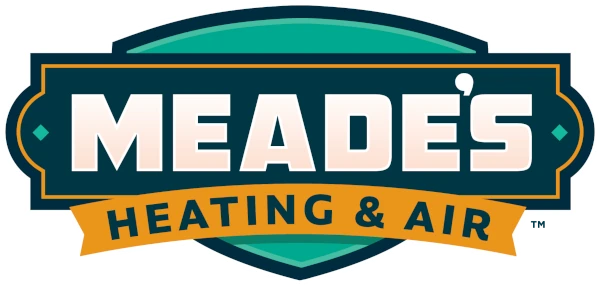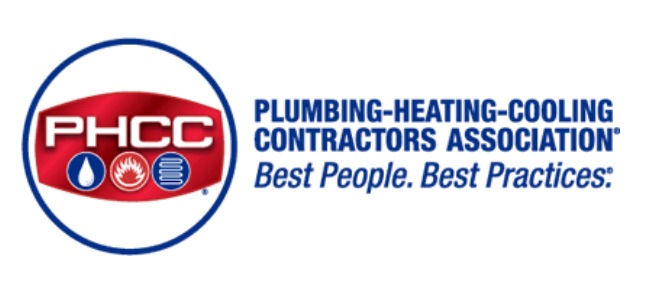Most homes in the US have natural gas piped into them, and this can be used for heating, hot water, cooking, and more. However, rural areas typically don’t have access to natural gas. In this case, many people have a large propane tank connected to their homes instead. In either case, a main gas line in your home branches off into additional supply lines that provide propane or natural gas to various appliances and fixtures. To better understand this system, let’s look at what gas supply lines are, what they’re used for, and why they are important.
An Introduction to Gas Supply Lines
Unless you live in a rural area, your home is likely connected to the local natural gas supply. Somewhere outside your house, usually in the backyard, is a gas meter that registers your usage. The meter is connected to a supply line that runs underneath your yard and connects to the main municipal supply line. This line typically runs underground through your alley or somewhere near your property line. All these supply lines up to your gas meter are the responsibility of the gas provider.
On the opposite side of the meter is another supply line that runs from the meter into your building. This line usually enters the building at the foundation’s top, near the meter. This main supply line is run throughout the house to supply gas fixtures.
Most homes use natural gas to fire their furnace. The supply lines will run to these appliances if you have a gas water heater or use a boiler to supply radiant heating and hot water. Additional branches will be off the main supply line if you have a gas fireplace, stove, or other gas appliances or fixtures.
Drop Lines, Risers, and Shut-Off Valves
Your home usually has several different gas lines. There is the main supply line, usually several branch lines, additional drop lines, and/or risers. If your home has a basement, the main supply line will usually be in the ceiling between the basement and the ground floor. If your home has a crawlspace instead of a basement, the supply line will run along the floor joists in the crawlspace.
Gas supply lines are always run horizontally or vertically. The main supply line will run horizontally through the length of the house. From there it will have one or more branch lines that feed each of the fixtures. Each branch line ends in either a drop line or a riser.
Drop lines are used to supply fixtures located below an overhead branch line, while risers supply fixtures located above the branch line. For instance, if your furnace is in the basement, the branch line will connect to a drop line that runs down to the furnace. If you have a single-story home, your furnace, water heater, and other gas fixtures will be connected by a riser line that comes up through the floor to the unit.
All gas fixtures are legally required to have their own dedicated shut-off valve. This is always located near where the gas line meets the fixture and connects to the final gas line that runs to the unit. Your furnace will have a solid gas line connecting the shut-off valve to the unit. However, water heaters, gas fireplaces, and other fixtures sometimes use a flex gas line instead of a solid pipe. Either way, this line runs between the shut-off valve and the fixture.
Sediment Trap or Drip Leg
There is also one additional component of your gas lines known as a sediment trap or drip leg. This is a 3-inch or longer piece of pipe with a cap at one end that extends down where the supply line meets the fixture. The sediment trap is technically required on all automatically controlled gas appliances, which include furnaces, water heaters, fireplaces, boilers, gas stoves, and gas clothes dryers. However, it is common to find many of these appliances installed without a sediment trap despite it being against code.
The sediment trap captures any water or debris in the gas line to prevent it from getting into the fixture. The process works simply due to gravity. As gas flows through the line, liquids or solids will fall into the trap.
What Are Gas Supply Lines Made Of?
Gas supply lines are always made of metal pipes. Black steel is the most used type of pipe for gas lines, but it can also be made from galvanized steel, brass, or copper. Many states and jurisdictions have banned the use of copper for gas lines as it can experience issues with corrosion. However, in other states like Virginia, copper can be used as long as the pipes were specifically designed for gas lines. This usually means that the inside of the pipe has been coated with zinc to reduce corrosion.
How to Determine If Your Gas Lines Are Leaking
A natural gas leak can be extremely hazardous as it only takes a small spark to ignite the gas. However, if the gas leak is unchecked, it can quickly fill the entire home and potentially lead to a catastrophic explosion. This is why it is always a good idea to have your gas lines inspected regularly to ensure they are still in good shape. If your gas lines are old or beginning to corrode, you should have them replaced as soon as possible.
Natural gas is colorless and odorless. This is obviously an issue since it means there is no way that natural gas can be detected. To overcome this problem, gas suppliers add a chemical to natural gas known as mercaptan. This is a non-toxic gas that has a strong, foul smell, like rotten eggs. This is added to ensure you can smell if gas leaks quickly.
If you ever notice a rotten-egg odor inside or outside your home, you should gather up your family and pets and then immediately vacate the property. Once away from home, you’ll need to call your gas supplier and 911 to report a leak. Before leaving, you’ll want to quickly open up all your doors and windows to help the gas dissipate and reduce the risk of explosion. After reporting the leak, you should stay far away from the home until it can be found and repaired.
Professional Gas Line Services
At Meade’s Heating and Air, we specialize in installing, replacing, and repairing all types of gas lines for residents of Sterling and throughout Northern Virginia. If you’re looking to install a gas fireplace or any other new gas fixture, we can run new branch lines wherever they are needed. We also install, repair, and maintain gas furnaces and water heaters. If you’re having any issues getting the pilot light on any gas appliance to light or stay lit, we can inspect the gas lines and the unit itself to determine what is causing the problem. If you have any questions about your home’s gas lines or need any heating or cooling service, give us a call today.




